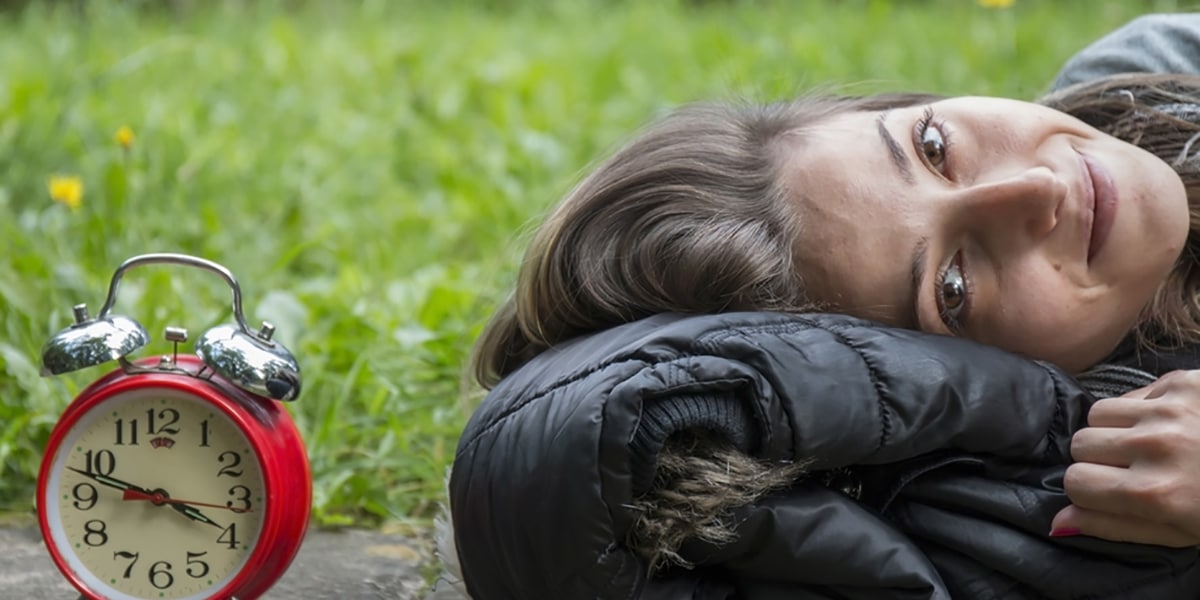Have you ever experienced what feels like jet lag without traveling at all? For those of us living in places that follow daylight savings time changes, this may happen twice a year, when “falling back” and “springing forward”. The upcoming time change isn’t all bad news, though – if you’ve read our previous post, you’ll know that getting half an hour of sun exposure early in the morning is important to maintain a regular sleep-wake cycle. However, getting that early morning sun exposure can be difficult if you leave home early in the morning when it’s still dark outside. The extra morning sunlight as a result of the time change makes it easier to get early morning sun exposure, which may help to regulate your sleep-wake cycle entering the winter season. However, the extra sun exposure can be dangerous for those with sun-sensitive skin.
Daylight savings time was first implemented in Germany to save fuel for the world war. On April 30th, 1916, clocks were moved forward to allow for more light in the day, so that instead of using fuel to power artificial lighting, natural lighting would suffice¹. Now, daylight savings time is practiced in many countries across the world.On the day that we move our clocks back by one hour, the sun rises and sets one hour earlier than the preceding day, meaning that there will be more sunlight in the morning. The UV index tends to be low early in the morning, so this is probably not a concern for the average pedestrian with skin types 3-6; however, for those with sun-sensitive skin, like those with sun allergies, albinism, or skin types 1 or 2, it may be. Even a small amount of unprotected sun exposure can have negative consequences for these individuals, so changes in sunrise and sunset times are important to consider when planning sun protection for the day.
As many of us in North America get ready to move our clocks back by one hour on November 5th, we can look forward to the extra hour of sleep, but it’s also important to keep in mind the effects of the time change on our daily sun exposure and sleep-wake cycles. Sun Index will let you know the sunrise and sunset times for your exact location, so that you can adjust to the time change without experiencing a sunburn or allergic reaction.- Timeanddate.com. (n.d.) History of Daylight Saving Time — DST. Retrieved September 12, 2016



